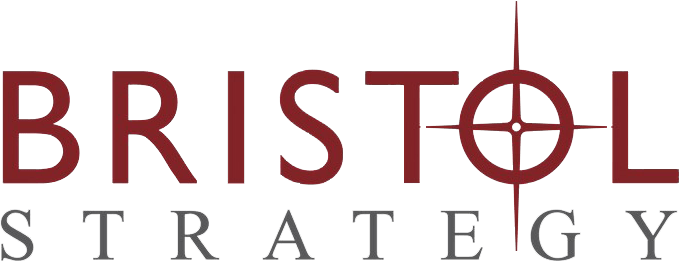As any nonprofit leader is aware, working in the social good sector often means running a tight ship with a small but mighty team. Today, Sandra Davis, Founder and President of Donorly, shares her wisdom about stewarding donors with a small team. Sandra has consulted on numerous capital campaigns, led strategic planning and feasibility study efforts, and managed board development and recruitment efforts, planned giving, special events, and annual giving programs.
Juggling complex relationships with multiple donors may seem like it’s not worth the hassle, especially with a small fundraising team. However, if your nonprofit has few resources, devoting them to maintaining connections with recurring donors is actually one of the most cost-effective steps your fundraising team can take to boost revenue over time.
Donor acquisition is expensive. For each new donor you convert, your team has to make repeated contact to establish brand identity and get your nonprofit’s mission across. This requires developing multiple marketing materials and spreading them on several platforms. Even on your donation page, some potential supporters may drop out at the last minute due to distractions or even frustrations filling out your form.
You have already made this initial investment to acquire your current group of monthly donors. This means it’s more cost-effective to retain them than to replace them with new donors, who need to be walked through the donor conversion process from square one.
However, for small teams already convinced of the importance of stewarding relationships with recurring donors, there is still the matter of how to maintain that connection. To help your team develop and refine its donor retention strategy, this article will discuss how to:
For small teams, keep in mind that you may not be able to attain every goal you set out to complete, especially if you are creating retention strategies from scratch. Assessing your team’s resources to understand what you are capable of accomplishing now will help your nonprofit set reasonable benchmarks for improving donor retention that you can then continue to build on as your nonprofit grows.
Identify Key Donors
Your donors are individuals, and while your team likely can’t create a custom engagement plan for every donor, you can focus on specific donors to earn a higher return on your investment. While all recurring donors are valuable, prospect researching tools can help your team identify potential mid-range or major donors, who form the core of most nonprofits’ fundraising bases, among them. These individuals would then receive extra attention in your stewardship plans.
Some donors have the means and inclination to become major donors. However, many major donors start their engagement with a regular-sized donation. This means your team will need to take the time to evaluate all donors based on their financial information and giving history to find potential candidates for increased gifts.
Using your prospect researching tools can sometimes help you recognize potential major donors after their first gift. However, your recurring donors are a useful group to start prospecting first, as you have more data on them.
Your data will tell you many different things about your donors, some of which may be trivial while others will be vitally important. A few key data points that are commonly considered during prospect research include:
- Existing Relationships
- Past Donations or Involvement
- Political Contributions
- Demographic and Personal Information
- Wealth Markers
- Professional or Personal Networks
One key point of interest is your donors’ connections to professional and personal networks. Major donors who have been with your nonprofit for a long period of time can potentially lead your team to other major donors. For small teams, this means donors who have a strong connection to your nonprofit can end up doing some prospecting and referral work for you.
Before asking your recurring donors to recommend your nonprofit, ensure you have a long-standing, meaningful relationship with them. Similar to the process of asking for a major gift, document your relationship with donors and create a timeline so you make your request at the right moment.
Increasing a donor’s giving often requires an intensive, one-on-one connection and relationship building opportunities such as:
- Calling them on the phone.
- Extending personal invitations to events.
- Providing them updates on recent projects.
- Giving tours of your nonprofit’s headquarters.
- Sending physical gifts in the mail.
- Communicating the impact of their donations.
- Telling emotional stories about your mission.
Many of these strategies also apply to any donor relationship you wish to maintain long-term. For instance, while you would take a more personalized approach towards your major donors, you can send your recurring donors customized letters explaining how their donations helped further your mission to communicate impact.
Recurring donors who have been with your nonprofit for long periods of time can also be considered mid-range donors as their contributions add up over time. Actively tracking and reviewing your recurring donation data can help highlight these individuals. You can reach out to express your gratitude and steward them as you would a mid-range donor, making them more inclined to continue giving and even increase their impact over time.
Develop a Concrete Retention Plan
Donor retention can sometimes be seen as a statistic that flatly describes your nonprofit’s performance or health rather than a number your team can actively influence. While your strategy may change over time based on your donors’ preferences and your nonprofit’s resources, you should always approach your donor relations with a goal.
To convince your recurring donors to keep renewing their donations, establish a concrete goal and track your progress towards it.
Obviously, being told to find a goal isn’t the same as a fully-fledged plan of action, but it should inspire one. Look at your data to determine how your recurring donors interact with your nonprofit, how many stop supporting your nonprofit, and when support stops. Compare the numbers you see against your current contact or stewardship strategy to identify any connections that might exist between the two.
Donorly’s guide to fundraising plans describes how every fundraising strategy you launch should have a goal that is SMART (specific, measurable, actionable, realistic, and time-bound). These types of goals hold your team accountable to the objectives you set for yourselves. Additionally, your team will be able to look back at previous goals and determine why and how they were or were not achieved.
For instance, your team might notice engagement rates drop off after a few months. This could be due to several factors such as donors running out of activities to participate in, less communication from your nonprofit for each donation, or lack of follow-up after a failed payment.
Once you identify what is causing recurring donations to lapse, set a goal around fixing it, a timeframe to improve the problem, and then compare your data from before and after your solution. In some cases, you might resolve the issue, while others may require a more complex approach.
Seek Additional Help
As you develop your initial stewardship plan, keep your options open to add and experiment with new engagement strategies. You will collect more data on your donors as you interact with them, learning their specific interests and motivations. That data can in turn be used to enhance your current donor relations plan, creating a constant cycle of improvement as more data is collected and new engagement plans are implemented.
You can also recruit additional help to take a few tasks off of your fundraising team’s hands, especially as you begin to research and experiment with new retention strategies. Three groups that can help your staff maintain relationships with donors are:
1. Volunteers
Your volunteers can handle physical, administrative, and sometimes financial tasks that your nonprofit doesn’t have the manpower to stay on top of. With proper training and management, your volunteers can:
- Set up venues for events. If in-person events are feasible for your organization right now, you probably need help setting them up. Volunteers can move tables and chairs, help decorate, and keep track of important objects such as auction items.
- Run check-in and registration tables. A smooth check-in process can go a long way towards ensuring your donors enjoy your events. A fully-staffed check-in table of friendly volunteers can reduce lines and get your events started faster.
- Help your nonprofit record financial transactions. A certified volunteer can manage bookkeeping services for your nonprofit. Be sure to check in and give them the support they need given the importance of keeping accurate financial records.
- Call and text donors. While your communication tools can fill email templates, you’ll need a person on hand to call donors to deliver a personal thank you. Give volunteers a script and guidelines before sending them to man the phones, and consider branching out into texting to broaden your potential audience.
- Write thank you cards. A handwritten thank you card feels special and can encourage donors to keep something from your nonprofit in their homes (and thus keeping your nonprofit in the back of their minds). Recruit volunteers to write out your message, then be sure to have a member of your leadership team sign each card before mailing them out.
Volunteers can also become donors. As Double the Donation’s guide to volunteer grants points out, “Volunteers grants are essentially ‘free money.’” Many corporations offer grants to nonprofits their employees volunteer at. Assist your volunteers in looking up their employer’s volunteer grant policy and filling out the necessary paperwork to add them to your list of donors.
Ultimately, volunteers can ease your team’s burden, freeing up time for them to focus on stewardship. Plus, offering a full range of volunteer opportunities provides easy avenues to grow engagement with your recurring donors. Actively promote these opportunities to this segment of your donor base to gauge interest.
2. Board Members
Your board members can often do more than they first assume they can for your fundraising efforts. In addition to reaching out to their personal connection to bring in donors, they can also assist your fundraising team in stewarding relationships with your current donors.
While your volunteers can participate in your outreach efforts, messages that come from your nonprofit’s board often have more weight with donors. Your board members can solidify your connection with donors at risk of lapsing by making a personal phone call, or they can participate in your donor appreciation efforts by joining in on writing thank you cards.
Have your board members present at events to help make personal, face-to-face connections with your donors, showing off another side of your nonprofit and creating another point of contact.
3. Fundraising Consultants
Sometimes if your team is overwhelmed, the best solution is to find outside help. Fundraising consultants perform a variety of tasks including strategy development, campaign planning, donor prospecting, and fundraising team training. An effective fundraising consultant is a partner your team can work with to improve your current practices and train your team to continue performing well when their services end.
Finding the right consultant can be a process in and of itself, so be sure to set aside the time to do your research. Guides like this one can be a useful starting point for determining what you should look for in a consultant. Specifically, establish what your nonprofit needs from a consultant and put it into writing before sitting down to speak with them.
Maintaining positive relationships with your recurring donors is an ongoing process, but it pays off. The more successfully you can steward and grow those relationships, the more donors will stick around. For nonprofits with small teams, extensive stewardship strategies can start to feel overwhelming, as success is rewarded with additional work. Set up your team to actively prioritize donors in a strategic way, build an adaptable plan with realistic goals, and recruit help when the need arises.
We were thrilled when Sandra Davis agreed to provide this guest blog. First of all, props to Sandra for being a successful female tech entrepreneur! Second, more props to her for expanding on our philosophy of fundraising strategy. We welcome your comments!


